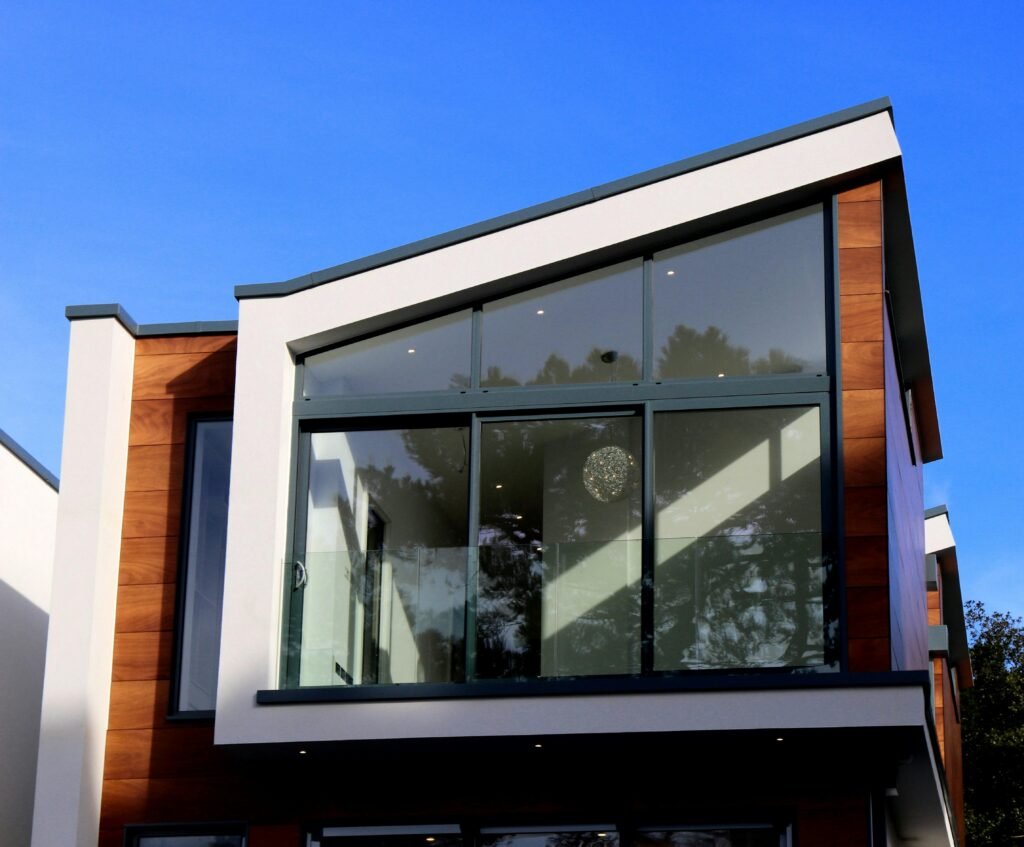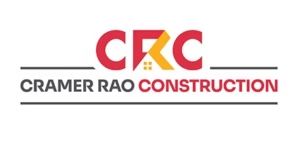Collaborative design can be a complex and challenging process. You may face various obstacles that can impede progress and hinder effective teamwork. However, fear not! There are solutions to help you overcome these challenges and achieve successful outcomes. From communication barriers to conflicting ideas, time management issues to decision-making struggles, this introduction will shed light on the different hurdles you might encounter. Moreover, it will provide you with practical strategies and techniques to navigate through these difficulties. Additionally, utilizing project management tools can enhance collaboration and streamline the design process. So, let’s dive into the world of collaborative design and discover the solutions that will empower you to conquer any obstacle that comes your way!

Communication Barriers and Solutions
To overcome communication barriers in collaborative design processes, you need to rely on effective strategies and clear channels of communication. Cultural differences and language barriers can often hinder effective collaboration, making it crucial to address these challenges proactively.
Cultural differences play a significant role in communication barriers within collaborative design processes. Every culture has its own set of norms, values, and communication styles. These differences can lead to misunderstandings, misinterpretations, and even conflicts. For example, in some cultures, indirect communication is preferred, while in others, direct communication is valued. These variations can create confusion and hinder the smooth flow of information and ideas.
Language barriers, too, pose significant challenges in collaborative design processes. When team members come from different linguistic backgrounds, language barriers can impede effective communication. Misunderstandings and miscommunications can arise due to language nuances, idiomatic expressions, and unfamiliar vocabulary. It is essential to bridge these gaps to ensure clear and accurate communication.
To address these communication barriers, several strategies can be employed. First and foremost, it is crucial to establish clear channels of communication and provide opportunities for open dialogue. Encouraging team members to express themselves freely and openly can help overcome cultural differences and encourage collaboration. Additionally, providing language support, such as translation services or language training, can help mitigate language barriers.
Conflicting Ideas and How to Resolve Them
One major challenge that you may encounter in collaborative design processes is resolving conflicting ideas. When working with a team, it is inevitable that different individuals will have diverse perspectives and opinions. However, conflicting ideas can hinder progress and create tension among team members. To overcome this challenge, it is crucial to employ effective compromise strategies and foster creativity within the team.
One strategy to resolve conflicting ideas is to encourage open and respectful communication. By creating a safe space for team members to express their opinions, you can facilitate a constructive dialogue and find common ground. Active listening is also essential in this process, as it allows team members to fully understand and appreciate each other’s perspectives.
Another effective approach is to promote a collaborative mindset. Encourage team members to view conflicting ideas as an opportunity for growth and innovation. By embracing different viewpoints, you can tap into the collective creativity of the team and generate more diverse and innovative solutions.
In addition, establishing clear decision-making processes can help in resolving conflicting ideas. When faced with multiple options, it is important to evaluate each idea objectively and consider their potential impact on the project. By involving every team member in the decision-making process, you can ensure that everyone feels heard and valued.
Time Management Issues and Effective Strategies
Make sure to prioritize tasks and allocate time effectively to address time management issues in collaborative design processes. Time tracking and prioritization techniques can greatly assist in managing your workload and ensuring that you meet project deadlines. Here are three strategies to help you effectively manage your time in collaborative design processes:
- Use time tracking tools: Utilize time tracking software or apps to record the time spent on each task. This allows you to identify areas where you may be spending too much time and make necessary adjustments. By having a clear understanding of how you allocate your time, you can better plan and manage your tasks.
- Prioritize tasks based on importance and urgency: Create a prioritization system that helps you identify which tasks require immediate attention and which can be tackled later. This will prevent you from getting overwhelmed and ensure that you focus on the most critical tasks first.
- Break down large tasks into smaller, manageable chunks: When faced with complex design projects, break them down into smaller tasks and set realistic deadlines for each. This approach helps you stay organized and motivated, as you can track progress and complete smaller portions of the project over time.
Decision-Making Struggles and Techniques for Consensus
Navigating decision-making struggles and reaching consensus can be a daunting task in collaborative design processes. Design teams often face challenges in making decisions due to differing opinions, conflicting priorities, and individual biases. However, there are various decision-making techniques and strategies that can help overcome these struggles and facilitate consensus building.
One effective technique is the use of brainstorming sessions. This allows team members to freely express their ideas and perspectives, fostering a collaborative environment where everyone feels heard. By encouraging open communication and actively listening to each other, the team can generate a wide range of options and alternatives, leading to a more informed decision-making process.
Another technique is the Delphi method, which involves collecting individual opinions and feedback anonymously. This helps mitigate group dynamics and power imbalances, allowing for unbiased decision-making. Through multiple rounds of feedback and iteration, the team can converge towards a consensus by identifying common themes and ideas.
In addition, using visual aids such as diagrams, prototypes, or mock-ups can facilitate consensus building. Visual representations make it easier for team members to understand and evaluate different design options, enabling them to reach a shared understanding and agreement.
To address decision-making struggles, it is essential to establish clear decision-making roles and responsibilities within the team. Designating a facilitator or decision-maker can help streamline the decision-making process and prevent conflicts or delays.
Utilizing Project Management Tools for Enhanced Collaboration
Enhance collaboration in collaborative design processes by utilizing project management tools. These tools provide a structured approach to managing tasks, timelines, and resources, allowing teams to work together more efficiently and effectively. Here are three ways project management tools can enhance collaboration:
- Centralized Communication: Collaborative software platforms, such as Slack or Microsoft Teams, provide a centralized space for team members to communicate, share files, and hold discussions. This eliminates the need for lengthy email chains or scattered communication channels, ensuring everyone is on the same page and can easily access relevant information.
- Task Assignment and Tracking: Project management tools allow teams to assign tasks, set deadlines, and track progress. This ensures that responsibilities are clearly defined, and team members can easily see their individual contributions to the project. It also helps identify bottlenecks or potential delays, enabling proactive problem-solving and timely delivery.
- Remote Collaboration: With the increasing trend of remote work, project management tools play a crucial role in facilitating collaboration across geographically dispersed teams. Through features like real-time document editing and video conferencing, these tools enable seamless remote collaboration, fostering a sense of teamwork and minimizing the challenges associated with distance.
Conclusion
In conclusion, collaborative design processes present a myriad of challenges that can hinder effective teamwork. However, by addressing communication barriers through open and transparent dialogue, resolving conflicting ideas through compromise and active listening, managing time efficiently, and utilizing project management tools, these challenges can be overcome. By implementing these solutions, collaborative design processes can become more streamlined, productive, and ultimately lead to successful outcomes.






